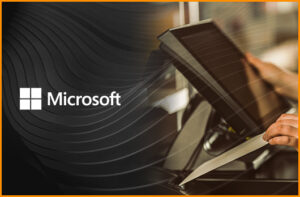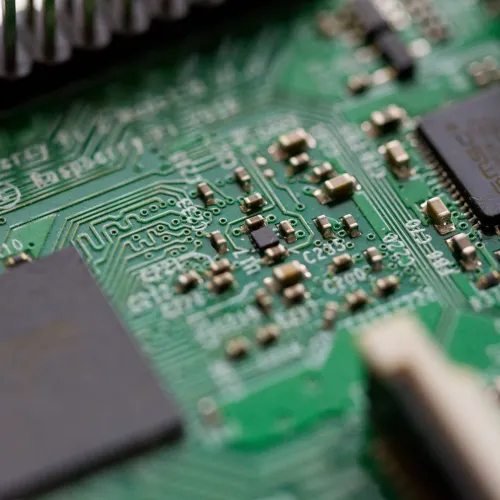Are you a device maker running your connected devices on Windows 10 IoT Enterprise software? If you are like most of our customers, the answer is yes. And you probably haven’t given your operating system a second thought for several years.
It is time to take a closer look. Microsoft launched Windows 11 IoT Enterprise last November with a number of dramatic changes that will require device makers to build a more robust hardware system.
With new requirements ranging from more memory and storage capacity to a high-definition display, devices will cost more to be able to load and smoothly run Windows 11 IoT.
What does this mean for device makers on long-term service channels who decide to upgrade?
We want to give you an early heads up on what is coming down the road so you can begin planning your future hardware designs. So far only the annual channel version is available, and Microsoft plans to release the long-term service channel (LTSC) version of Windows 11 IoT in the next two or three years.
More importantly, while the hardware requirements for the annual channel are fixed and will not change, Microsoft is still developing the LTSC version. We want to give you a chance to influence those requirements before they are locked in for LTSC customers.
Bsquare has been distributing Microsoft embedded operating system software to our customers for 25 years. Our engineers have been in close discussions with Microsoft on the new hardware requirements for device makers planning to upgrade.
Fortunately, Microsoft is open to feedback on any critical pain points in the changes, and we are funneling customer feedback directly to the design team. They will use this information when finalizing the hardware requirements for the LTSC release.
Here is the direct comparison between Windows 10 IoT and the current hardware requirements for Windows 11 for the annual channel, and a few thoughts on what they mean. We also created the handy chart below to compare requirements side-by-side.
Processor: Windows 11 still need a processor that is 1GHz or faster, but it is now requiring at least two cores. This offers greater performance but is more expensive. Do you need that second core?
RAM: The required memory capacity has doubled from 2GB to 4GB. This offers more performance but is also more expensive. Does your application require more memory?
Storage: The required storage capacity has jumped from 20GB to 64GB or larger. With devices becoming so much more intelligent, it may make sense to have more storage, but your storage device will need to be a lot bigger.
Firmware: This has remained unchanged. For both Windows 10 IoT and Windows 11 IoT (annual channel), devices must be UEFI secure boot capable.
TPM: A trusted platform module (TPM Version 2.0) hardware security chip is now required, enabling the device to be better encrypted and secure. It will cost more, but with increasingly sophisticated hacks out there it’s probably a good idea.
Graphics: The graphic capability of your system must be stronger, requiring DirectX 12 with WDDM 2.0 driver instead of DirectX 9 with WDDM 1.0 driver. It’s more expensive, but performance improves.
Display: High-definition display panel is now required, and must be greater than 9 inches, instead of greater than 7 inches. This is probably a useful addition that is not too onerous.
These are the requirements you need to be thinking about in your future designs for connected devices, whether you are in health, retail, energy, or hospitality. Which of these can you live with, or even welcome, to meet the needs of your customers? Which are so onerous or expensive you would like them to be modified or even optional?
This is your chance to let Microsoft know whether any of these requirements would prevent you from adopting the new LTSC version two years from now. If you are interested in learning more about Windows 11, or have feedback for us to share with Microsoft, contact us.
| Windows 10 IoT (Annual & long-term service channels) | Windows 11 IoT (Annual channel only, launched Nov 2021) | |
| Processor | 1 GHz or faster | 1 GHz or faster with 2+ cores |
| RAM | 2 GB | 4GB |
| Storage | 20GB | 64 GB or larger |
| Firmware | UEFI, secure boot capable | UEFI, secure boot capable |
| TPM | May ship with TPM 1.2 disabled | TPM 2.0 |
| Graphics | DirectX 9 with WDDM 1.0 driver | DirectX 12 with WDDM 2.0 driver |
| Display | 800×600 >7in display, 32 bits of color per pixel | HD (720p) >9in display, 8 bits per color channel |



